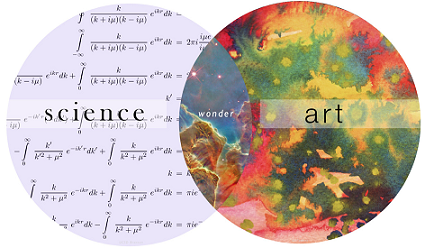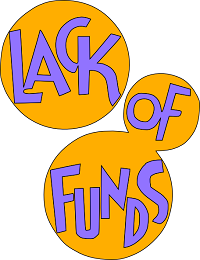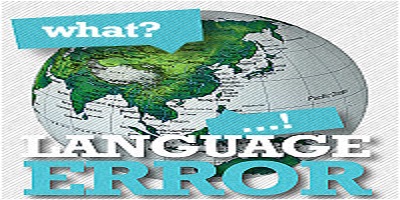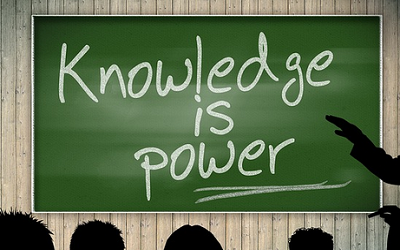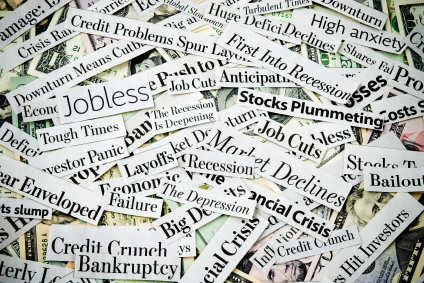Artists and Scientists: More Alike Than Different
Art and science. To those who practice neither, they seem like polar opposites截然不同, one data-driven科学注重具体数据, the other driven by emotion艺术注重情感. One dominated by technical introverts, the other by expressive eccentrics. For those of us involved in either field today (and many of us have a hand in both), we know that the similarities between how artists and scientists work far outweigh their stereotypical differences. 科学和艺术的共同点:Both are dedicated to asking the big questions placed before us: “What is true? Why does it matter? How can we move society forward?” Both search deeply, and often wanderingly, for these answers. We know that the scientist’s laboratory and the artist’s studio are two of the last places reserved for open-ended inquiry, for failure to be a welcome part of the process, for learning to occur by a continuous feedback loop between thinking and doing.
In DaVinci’s time when expertise in art and science had not yet matured to the polarized 两极分化state in which they exist today, they coexisted naturally. Of course, science’s level of sophistication back then was quite different. But from where I sit as the president of the Rhode Island School of Design, it is clear to me that even current practices in scientific research have much to gain by involving artists in the process early and often. Artists serve as great partners in the communication of scientific research; moreover, they can serve as great partners in the navigation of the scientific unknown.艺术对科学的作用
科学家和艺术家需要相互合作。Artists and scientists tend to approach problems with a similar open-mindedness and inquisitiveness求知欲 — they both do not fear the unknown, preferring leaps to incremental增加的 steps. They make natural partners. With such complementary 补充的thinking, there is great potential when they collaborate from the offset, resulting in unexpected outcomes that can be exponentially极大地 more valuable than when they work apart. You can see the power of collaboration between artists and scientists in the decades of advancement in computer graphics at SIGGRAPH; in the latest exhibitions at the Science Gallery in Dublin, or in the midst of ground-breaking scientific results with the Large Hadron Collider and more.
With all that we have to address in the world – warming continents, fluctuating economies, monstrous cities – pursuing scientific questions in tandem with artists and designers may not seem like conventional wisdom. But given the unconventional nature and scale of the problems we face today, there is real value to be gained from collaborations that bridge架桥,连接 the best talents we have in both the quantitative and qualitative domains. Artists and designers are the ones who help bring humanity front and center, make us care, and create answers that resonate with our values.
微博:@墨尔本文波雅思
微信个人号:wenbo_tv
微信公众号:wenbo-tv

